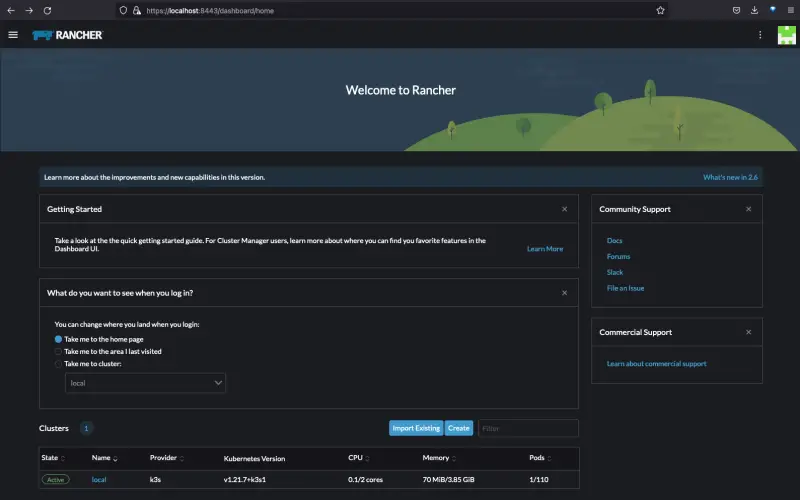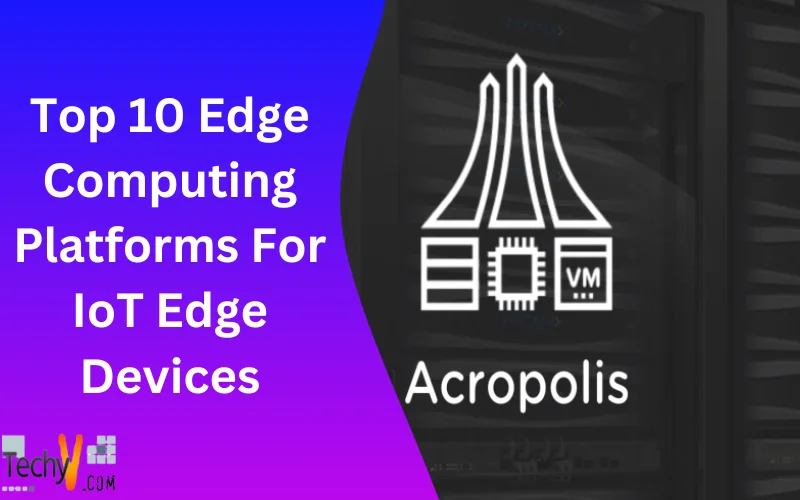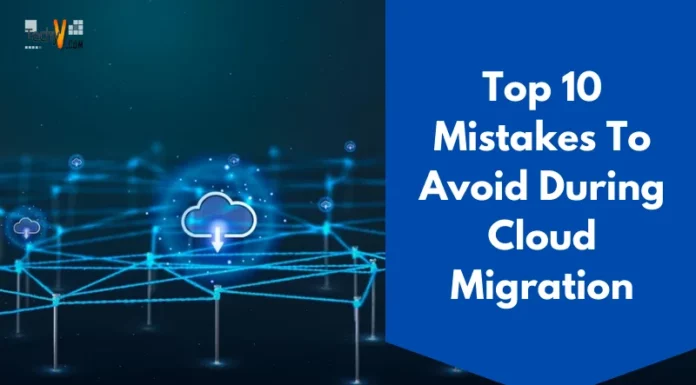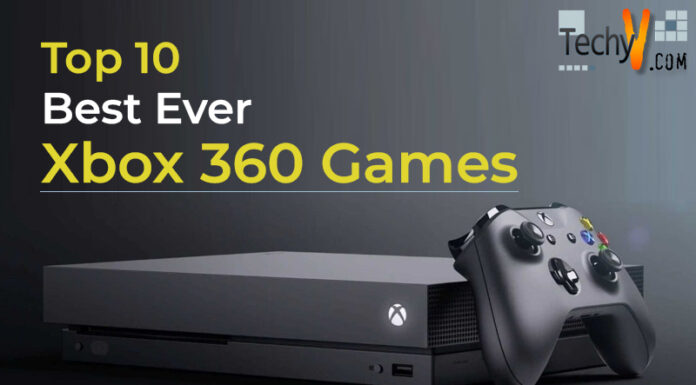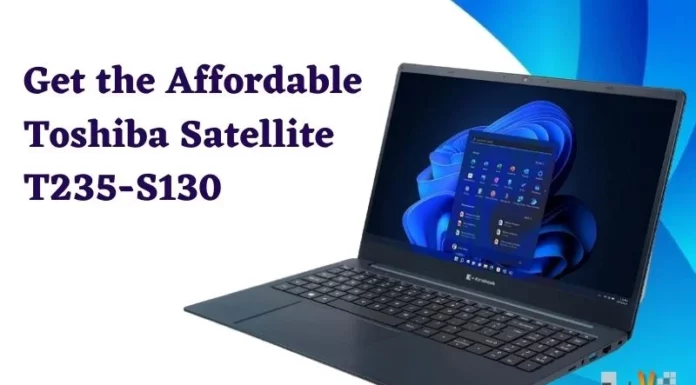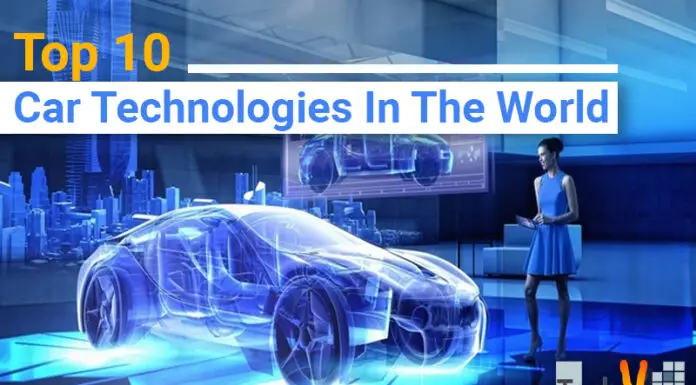Edge computing brings data processing and analysis closer to where data is generated, like IoT devices or local edge networks. This allows for faster insights and responses without sending all data to the cloud. There are many emerging edge computing platforms aimed at supporting IoT use cases. This covers the top edge computing options I currently find most compelling for commercial IoT use cases. All enable distributed data processing, management, and analysis closer to the source. Key selection criteria often include the desired level of cloud integration, existing infrastructure, and specific performance requirements. Edge computing will be crucial for unlocking the next wave of IoT innovation and value. This list consists of the top 10 most promising options including heavyweights like Microsoft and Amazon, as well as innovators like Macrometa and Nutanix.
1. Microsoft Azure IoT Edge
Microsoft Azure IoT Edge lets users deploy cloud intelligence locally by running Azure services and custom logic right on IoT devices. Key capabilities include deploying AI, analyzing streams of IoT data, and securing data transfers from edge to cloud. From my personal experience, Azure IoT Edge makes it easy to develop once and deploy to any edge device. It also simplifies associated tasks like remote monitoring, software updates, and security. Overall, Azure IoT Edge is a leading option for organizations already using Azure cloud and services. Tight coupling with Azure IoT Hub allows robust device management and configuration at scale. Security features like hardware-based enclaves and Active Directory integration help protect edge data. The Azure ecosystem provides flexible development options for edge applications.
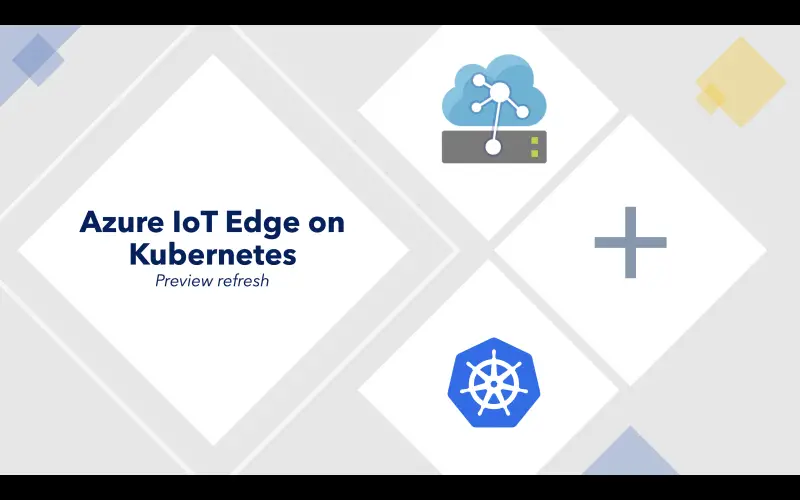
2. Amazon AWS IoT Core
Amazon Web Services offers robust, scalable cloud services and now extends many of those capabilities to the edge. Amazon AWS IoT Core manages connectivity and data transfer between IoT devices and the AWS cloud. It provides SDKs to connect a wide range of devices. AWS IoT Core supports offline sync, device triggering, and execution of AWS Lambda functions at the edge. I find it provides a managed approach to IoT applications from edge to cloud. However, it requires using AWS cloud so may not suit multi-cloud environments.
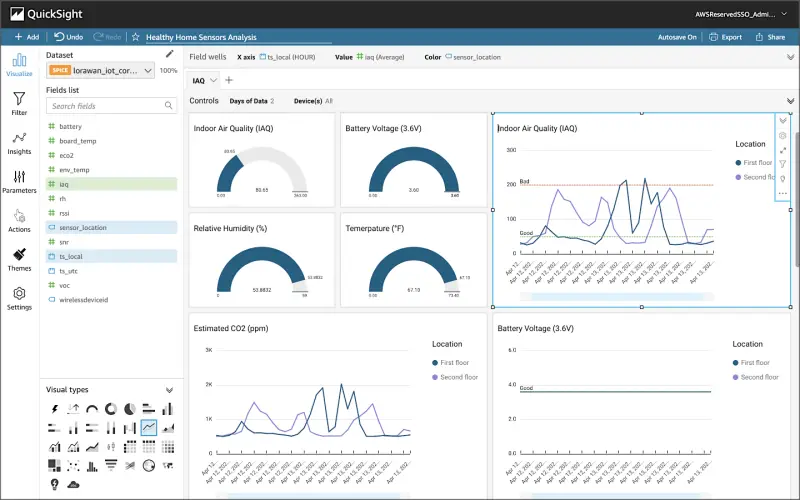
3. Cisco IoT Cloud Connect
Cisco IoT Cloud Connect is an edge computing package built on Cisco’s industry-leading networking and edge expertise. It offers an IoT gateway plus optimized networking capabilities to support IoT devices and workloads. Key features include connecting heterogeneous assets at the edge, local processing, and uplink to cloud services. From my experience, Cisco IoT Cloud Connect is ideal for industrial environments and streaming telemetry data from assets. The combo of Cisco connectivity and computing helps enable real-time edge use cases. Connecting and processing data from varied assets and protocols, deterministic networking, integrated security, and modular scalability enable next-gen Industry 4.0 use cases. Tight integration between industrial assets, edge analytics, and cloud platforms makes Cisco IoT Cloud Connect ideal for large-scale industrial IoT edge deployments.
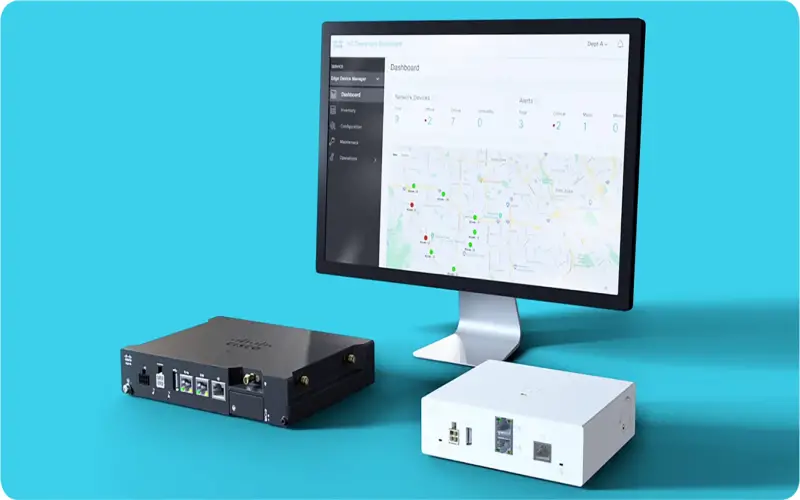
4. Aruba Networks
Aruba is a Hewlett-Packard Enterprise company focused on wireless networking and edge-to-cloud solutions. The Aruba Edge Services Platform delivers a zero-trust network to support IoT devices. Aruba ESP secures device connectivity, automatically discovers devices, and enables monitoring and troubleshooting at scale. Unique strengths I find are device profiling, dynamic segmentation, and built-in security. The platform also integrates with AWS and Azure for IT teams.

5. IBM Watson IoT
The IBM Watson IoT platform helps manage IoT devices and connectivity through IBM Cloud. It provides an enterprise-ready foundation to securely scale IoT solutions. From my perspective, Watson IoT supports bidirectional communication with endpoints via published MQTT APIs. It also enables organizations to perform edge analytics through IBM Watson Studio machine learning. Watson IoT is suited to industrial IoT and strategic deployments using IBM infrastructure.
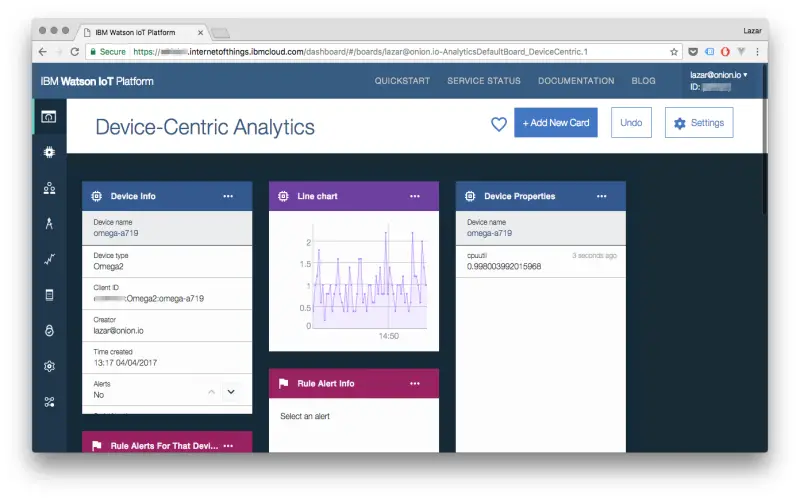
6. Google Distributed Cloud Edge
Google recently launched Distributed Cloud Edge which brings Google Cloud services into edge locations alongside 5G networks. This low-latency edge ecosystem features Anthos for managing workloads and enabling multi-cloud deployments. I think a key advantage is tying Google Cloud directly to 5G networks and mobile edge locations. Ideal use cases include IoT, gaming, AR/VR, and real-time enterprise apps. While promising, Distributed Cloud Edge is still in preview with limited availability.
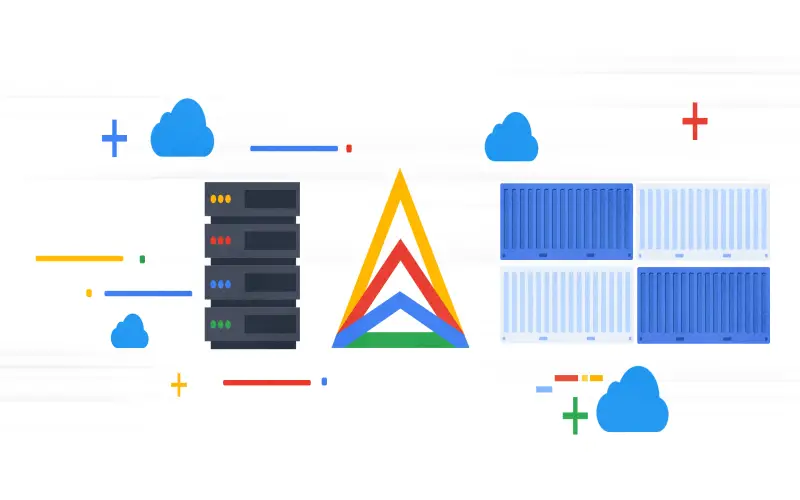
7. Aarna Networks
Aarna Networks offers a smart edge networking platform optimized for IoT and edge computing use cases. Key capabilities are delivering local computing, data management, and 5G connectivity at the edge. From my point of view, Aarna enables high-performance edge networking tuned specifically to enterprise and industrial IoT needs. This includes deterministic connectivity, ultra-low latency, and built-in programmability. Leading organizations like Verizon and Vodafone partner with Aarna.
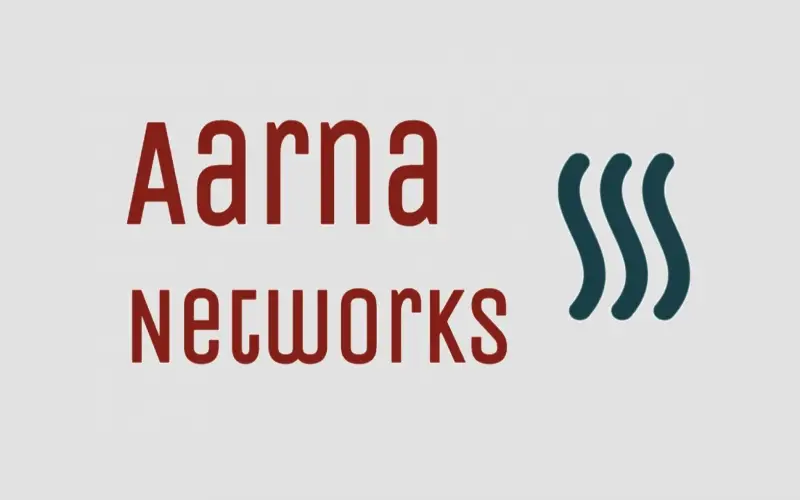
8. Macrometa
Macrometa describes itself as a Global Data Network for edge computing that consolidates edge data services. The platform combines a distributed NoSQL database, stream processing, and global networking. I find Macrometa essentially provides a managed data layer to build IoT apps for a massive geo-distributed scale. Benefits include serverless development, real-time collaboration, and global data synchronization. Macrometa is ideal for IoT, gaming, and collaboration across distributed edges.
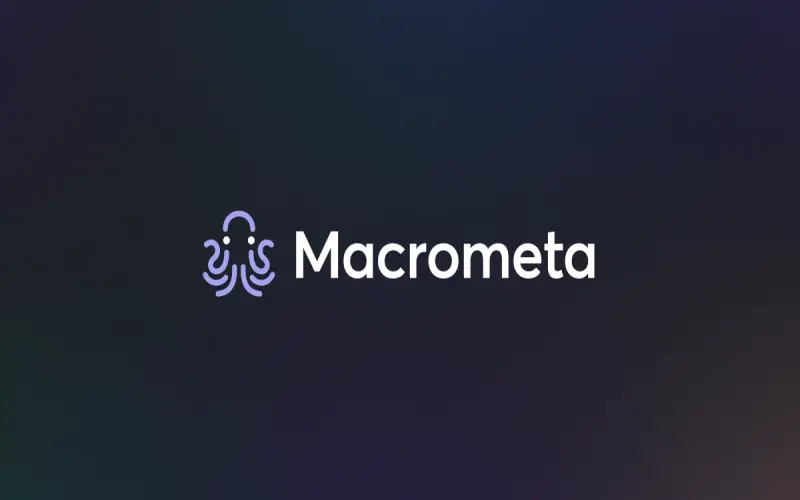
9. Nutanix Acroplis
Nutanix focuses on hyper-converged infrastructure and now offers Nutanix Acropolis. This solution extends Nutanix’s core strengths to the distributed edge environment. Key capabilities are delivering enterprise-grade HCI services locally on edge nodes. Acropolis also integrates ecosystems like Kubernetes for managing containers. From my experience, Nutanix is ideal for organizations that value simplified, turnkey edge infrastructure.
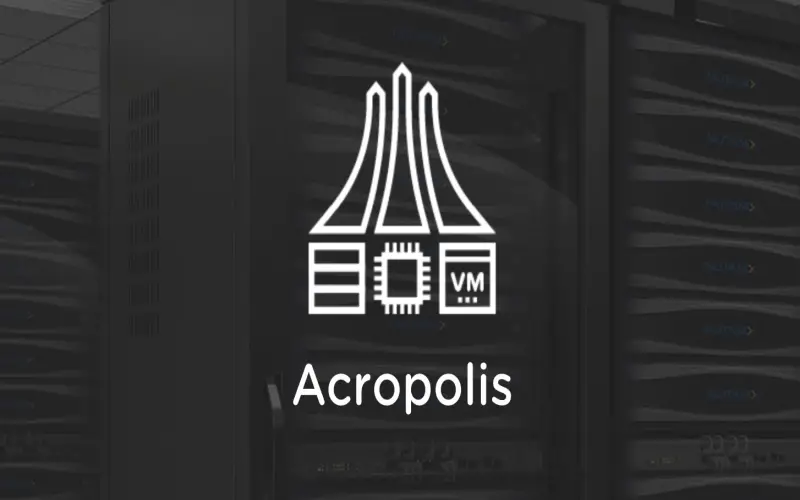
10. Rancher
Rancher Labs provides open-source software for managing Kubernetes in enterprise environments. Rancher software enables the deployment of Kubernetes clusters anywhere, including on distributed edge nodes. I think Rancher makes it easier for DevOps teams to test, deploy, and operate distributed applications. It provides centralized control and visibility across multiple edge clusters. Rancher Labs is a compelling choice for Kubernetes edge computing. Key capabilities include unified cluster operations, support for air-gapped sites, security hardening, multi-cluster networking, and robust monitoring/logging. This makes Rancher an ideal choice for running Kubernetes in distributed edge environments.
